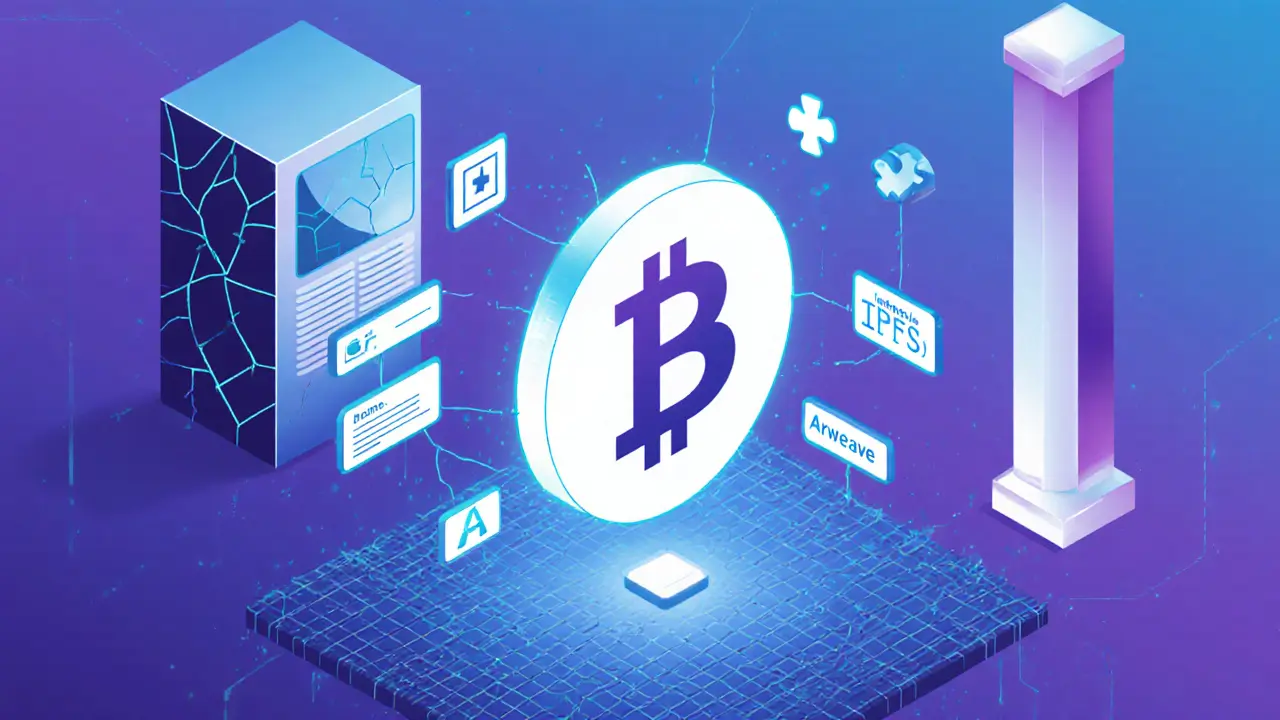ERC-1155: The Multi-Token Standard That Changed NFTs and Crypto Assets
When you think of NFTs, you probably picture unique digital art or collectibles—those are built on ERC-721, the Ethereum standard for unique, non-fungible tokens. But behind the scenes, a smarter, more efficient standard called ERC-1155, a multi-token standard that handles both fungible and non-fungible assets in a single contract. Also known as the Semi-Fungible Token Standard, it lets one smart contract manage thousands of different token types at once—something ERC-721 can’t do without bloating the blockchain.
ERC-1155 isn’t just a technical upgrade. It’s what powers real-world use cases. Think of a game where you own one rare sword (an NFT) and 50 health potions (fungible tokens)—all under one contract. That’s ERC-1155. It cuts gas fees, reduces code complexity, and makes it easier for platforms to launch tokens, fan tokens, or in-game items without spinning up new contracts for each. Compare that to ERC-20, which only handles fungible tokens like ETH or USDC, or ERC-721, which forces you to create a separate contract for every unique item. ERC-1155 combines the best of both. It’s why projects like ERC-1155 are behind major NFT marketplaces, gaming economies, and even fan engagement tokens that let you vote on team decisions or unlock exclusive content.
What you’ll find here isn’t just theory. These posts show how ERC-1155’s flexibility shows up in real projects—from social tokens that give fans ownership, to scams hiding behind fake airdrops that pretend to use NFT standards. You’ll see how it enables efficient token systems, why some projects skip it (and end up as ghost tokens), and how it’s quietly shaping the future of digital ownership. No fluff. Just what works, what doesn’t, and what you need to know before you interact with any token that claims to be built on Ethereum.
ERC-1155: The Multi-Token Standard Explained for Developers and Gamers
ERC-1155 is a blockchain standard that lets one smart contract manage fungible tokens, NFTs, and semi-fungible assets together. It cuts gas fees by up to 90% and is now the top choice for blockchain games and complex digital economies.
learn moreNFT Metadata Standards and Structure: What You Need to Know to Avoid Losing Your Digital Assets
NFT metadata is the hidden data that gives your digital asset its identity, image, and traits. Learn the essential fields, storage methods, common mistakes, and how standards like ERC-721 and Metaplex shape NFT value today.
learn more
